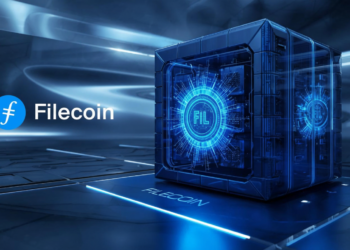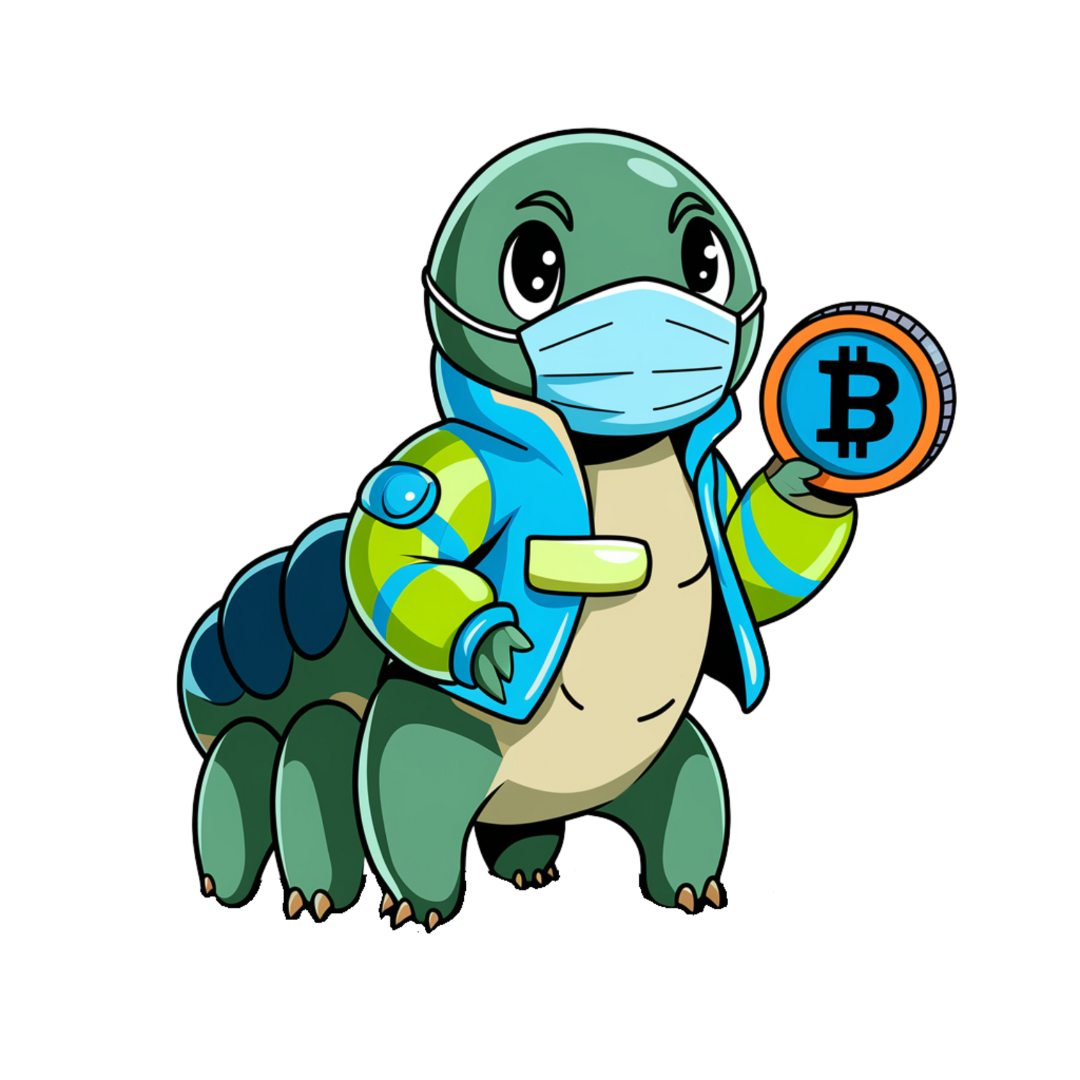The world is shifting towards decentralized technologies, making decentralized applications (DApps) more relevant than ever. DApps are changing how we interact with digital systems. The DApp market has grown significantly, boasting over 3,000 DApps as of 2023, with a total market capitalization exceeding $200 billion. This rapid growth reflects a larger trend towards transparency and user control across various sectors.
The Decentralized Revolution
Decentralization means shifting power away from centralized authorities. The impact of this shift is evident in finance, gaming, and social media. DApps offer enhanced security and community governance, making them attractive alternatives to traditional apps.
DApps vs. Traditional Apps
The differences between DApps and traditional applications are stark. Here are some key points:
- Security: DApps operate on blockchain technology, reducing vulnerability to hacks.
- Transparency: All transactions are recorded on a public ledger, allowing users to verify actions.
- User Control: Users maintain ownership of their data, unlike centralized platforms.
Why Build a DApp?
Developing a DApp comes with several benefits:
- Increased Security: DApps minimize risks tied to centralized data storage.
- Censorship Resistance: The decentralized nature protects against censorship.
- Community Ownership: Users can participate in governance, enhancing their investment in the platform.
Choosing the Right Blockchain Platform
Evaluating Blockchain Platforms
Selecting the right blockchain platform is crucial. Consider these criteria:
- Scalability: Can the platform handle growth?
- Transaction Fees: Are the costs manageable?
- Development Tools: Does it offer robust tools for building DApps?
Popular platforms include:
- Ethereum: Known for its smart contract capabilities.
- Solana: Offers high-speed transactions at lower costs.
Smart Contract Development Languages
Development languages matter. Common ones include:
- Solidity: Widely used for Ethereum smart contracts.
- Rust: Known for its performance and safety, especially with Solana.
Setting up Your Development Environment
To start developing, follow these steps:
- Install Node.js: This is essential for managing packages.
- Set up Truffle or Hardhat: These frameworks simplify smart contract deployment.
- Choose a Code Editor: Visual Studio Code is a popular choice.
Designing Your DApp Architecture
Defining Core Functionality
Outline essential features for your DApp. Consider the following:
- User Authentication: How will users log in?
- Key Features: What services will it provide?
Data Modeling and Storage
Data management is fundamental. Decide between:
- On-Chain Storage: Data stored directly on the blockchain.
- Off-Chain Storage: Data stored elsewhere, often using IPFS or Arweave for decentralized file storage.
User Interface (UI) and User Experience (UX)
Your DApp needs a user-friendly design. Best practices include:
- Simple Navigation: Ensure users can easily find what they need.
- Responsive Design: Optimize for both desktop and mobile users.
Smart Contract Development and Deployment
Writing Secure Smart Contracts
Security is key. Make smart contracts:
- Auditable: Write clear code that others can review.
- Efficient: Limit the use of gas to lower transaction costs.
Common vulnerabilities to avoid:
- Reentrancy: Ensure a function can’t be called repeatedly within a single transaction.
- Integer Overflow: Use safe math libraries to prevent errors.
Testing and Debugging
Thorough testing is essential. Use these methods:
- Unit Testing: Test small segments of code to ensure correctness.
- Integration Testing: Test multiple components together for functionality.
Tools for testing include:
- Ganache: Creates a personal Ethereum blockchain.
- Mocha: A JavaScript test framework.
Deployment to the Blockchain
Follow these steps to deploy your smart contracts:
- Configure Network Settings: Set up the correct blockchain network.
- Compile the Contract: Ensure there are no errors.
- Deploy: Use Truffle or Hardhat to deploy to the chosen network.
Frontend Development and Integration
Connecting Frontend to Blockchain
Securely connect your DApp using libraries such as:
- web3.js: Allows web applications to interact with smart contracts.
- Ethers.js: A lightweight alternative to web3.js.
Building a User-Friendly Interface
Creating a good UI is vital. Keep these points in mind:
- Consistent Branding: Use a uniform color scheme and logo.
- Interactive Elements: Make it easy for users to engage with your DApp.
Integrating with External Services
Your DApp may need external integrations. Consider:
- API Connections: Integrate traditional services.
- Oracles: Connect blockchain data with real-world information.
Testing, Security Audits, and Deployment
Thorough Testing Procedures
Testing is vital. Methods include:
- Automated Testing: Automate tests for efficiency.
- User Testing: Gather feedback from real users to improve functionality.
Security Audits and Best Practices
Professional audits can uncover hidden vulnerabilities. Key practices include:
- Hire Experienced Auditors: Look for teams with a strong reputation.
- Continuous Monitoring: Regularly check for issues post-launch.
Launching Your DApp
Strategize your launch with:
- Marketing Plans: Build excitement through social media and content marketing.
- Target Audience: Identify who will use your DApp and tailor your message.
Conclusion: Key Takeaways and Future Trends in DApp Development
Building a DApp involves several key steps:
- Select Your Platform: Choose a blockchain that fits your needs.
- Design Thoughtfully: Focus on UI/UX for better adoption.
- Test Rigorously: Prioritize security and usability.
The future of DApp development looks bright. Emerging trends include scalability solutions like Layer 2 and increased focus on interoperability across different blockchains.
For more resources, check out documentation on platforms like Ethereum and Solana, and explore community forums for tips and collaboration.

























